Muscle cars are supposed to look aggressive and feel powerful. Big hoods, loud graphics, bold stances. Yet not every car that looked ready to dominate the street could actually back it up. During the 1970s and early 1980s, stricter emissions rules, rising fuel costs, and changing buyer expectations meant some cars wore the right costume but lacked the strength to deliver. They carried the shape and swagger of real muscle, but on the road they felt surprisingly tame. These cars remind us that performance is not always where the styling suggests.
1974 Ford Mustang II
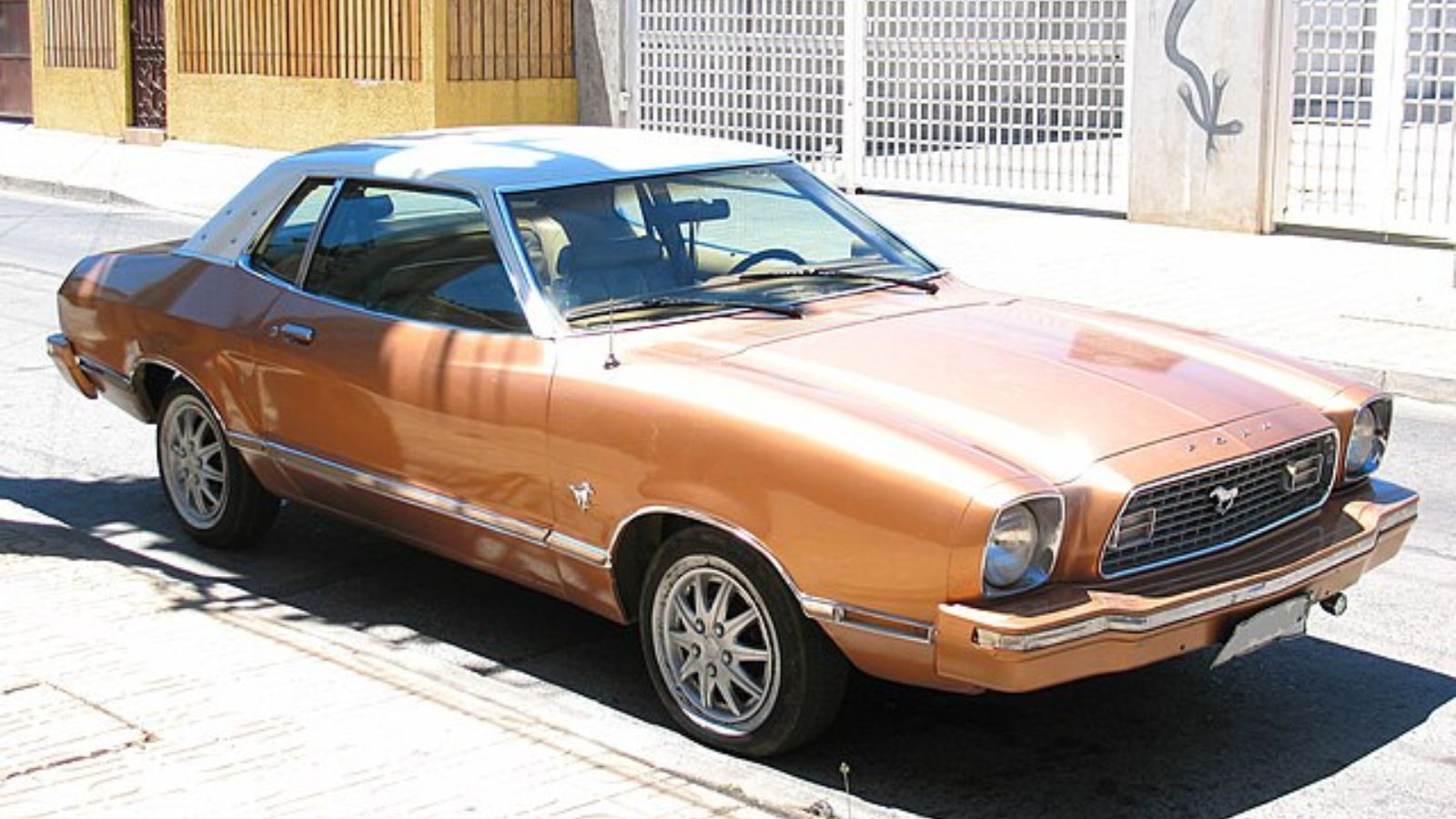
The Mustang II arrived during a difficult time. Fuel prices were rising quickly and new regulations were limiting engine output. Instead of the loud and confident muscle cars from earlier years, the Mustang II was built smaller and lighter with engines designed more for efficiency than strength. It still had sporty lines, bright colors, and the same famous badge. Yet when the light turned green, the power simply was not there. Drivers expecting the muscle car punch of earlier Mustangs found themselves in something that felt closer to an economy car wearing athletic clothes. While it sold well at the time, it has since become a symbol of how style and power became separated during this era.
1982 Chevrolet Camaro Berlinetta
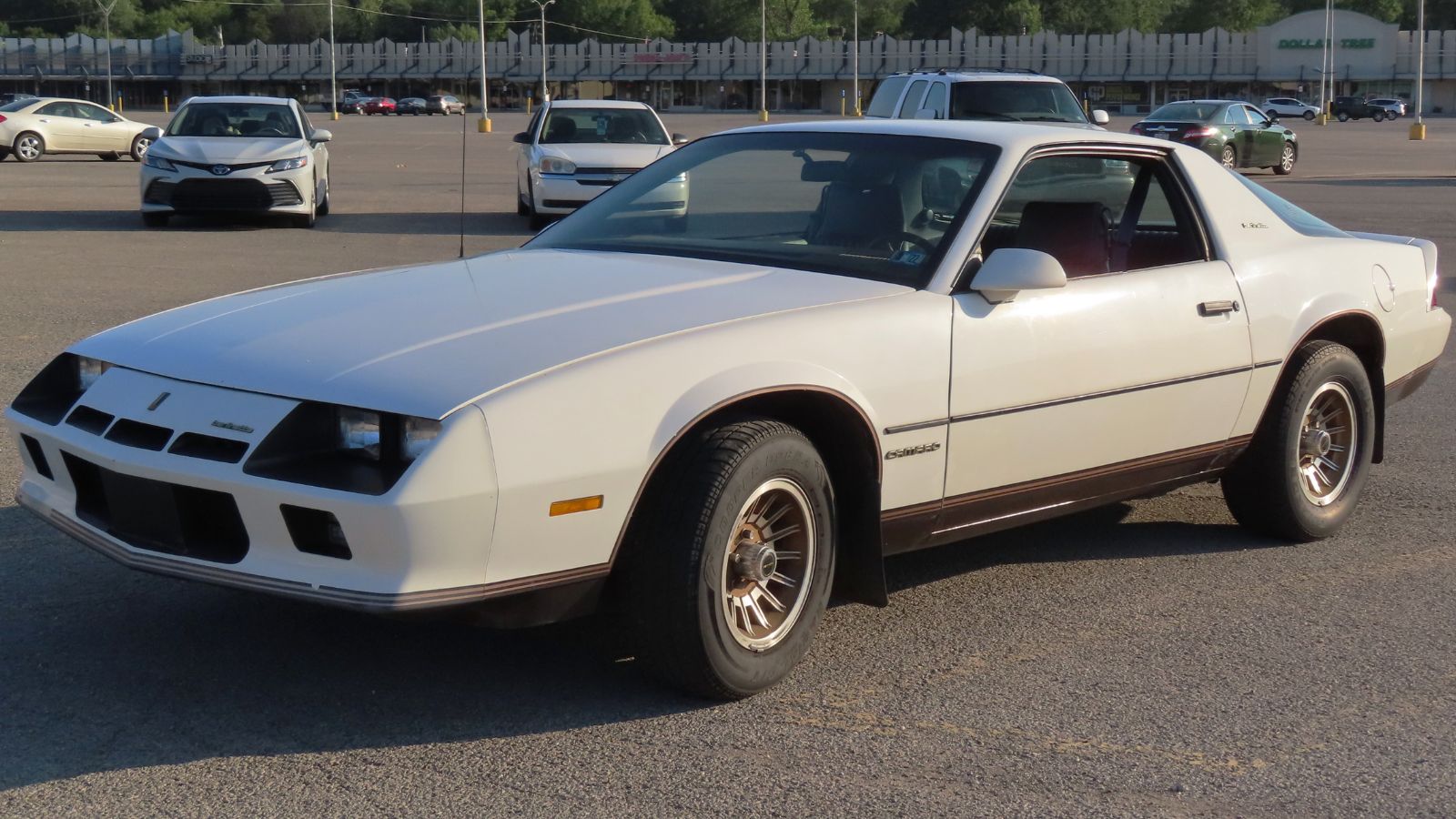
The Berlinetta looked like a performance car. The long hood, low stance, and familiar Camaro silhouette all created expectations of real speed. But Chevrolet positioned the Berlinetta as a more refined and comfort focused model rather than a performance leader. The engines available at the time were modest, and the tuning emphasized a smooth ride rather than sharp acceleration. Inside, the Berlinetta leaned into luxury touches and styling details rather than driving excitement. For drivers who wanted the Camaro shape without the performance, it made sense. But for enthusiasts who cared about speed and response, it looked faster than it actually was. Its reputation today reflects that difference between appearance and delivery.
1978 Pontiac Firebird Esprit

The Esprit trim is a perfect example of how styling can overshadow mechanical reality. The Firebird shape is iconic. The hood lines, the rear pillar shape, the stance, all project confidence and speed. But the Esprit focused on comfortable cruising rather than performance. Smaller engines, relaxed suspension tuning, and mild gearing made it more of a stylish daily driver than a muscle machine. It was smooth and pleasant on the road, but it never delivered the excitement promised by its exterior. Many owners enjoyed its comfort and appearance, but those expecting thrilling acceleration had to look toward other trims.
1977 Dodge Charger
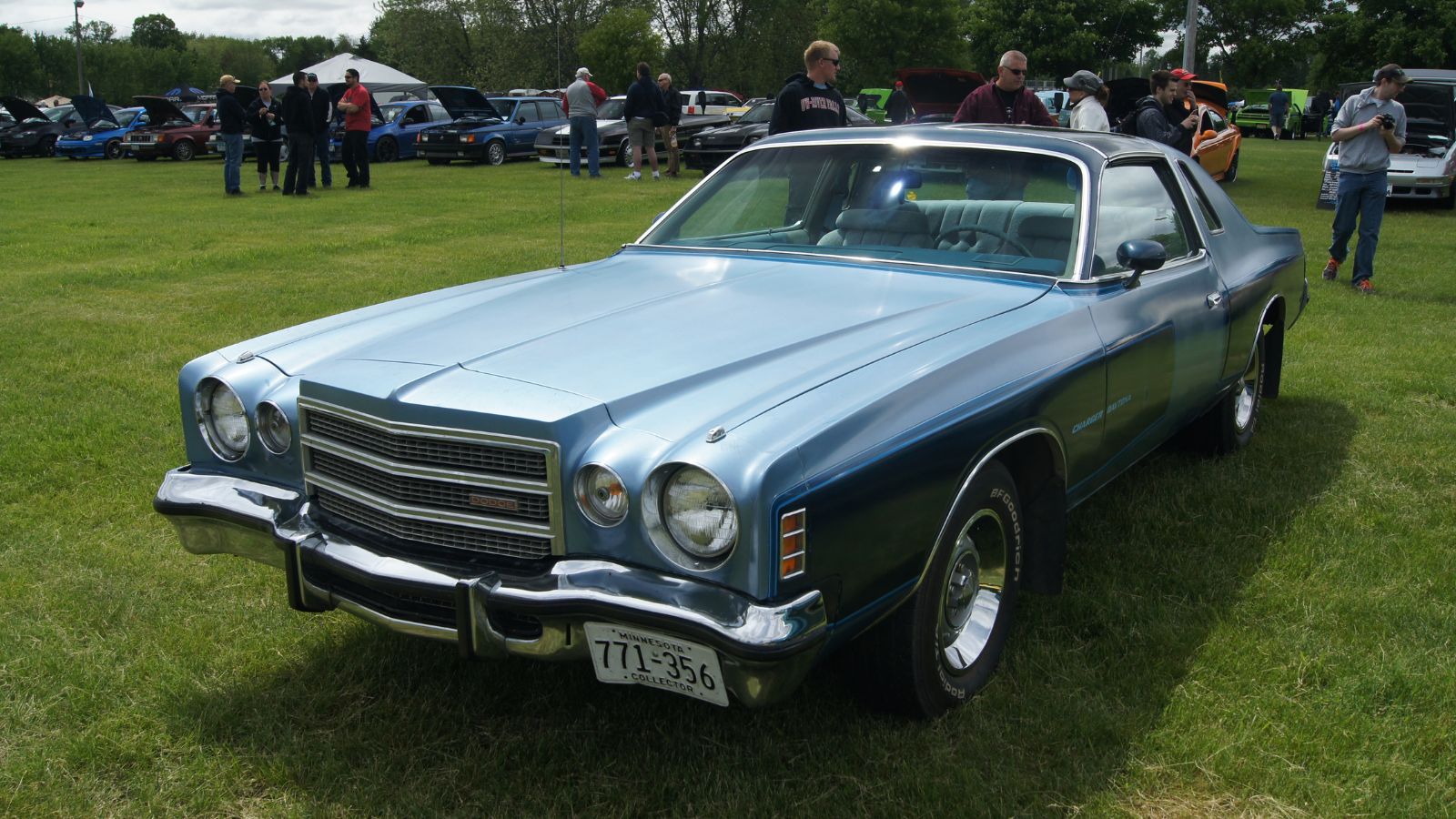
The Charger name carries strong history. Earlier models delivered real muscle with aggressive acceleration and bold presence. But by the late 1970s, the Charger had shifted direction. The shape still hinted at power, yet the engines were tuned for economy and the suspension was softened for comfort. It had the look of a muscle machine but performed like a cruiser. The long hood and wide stance suggested energy waiting to be unleashed, but pressing the accelerator told a different story. It is remembered today as a car that held onto the look of its past while leaving behind the attitude that made the name famous.
1979 Mercury Cougar XR7
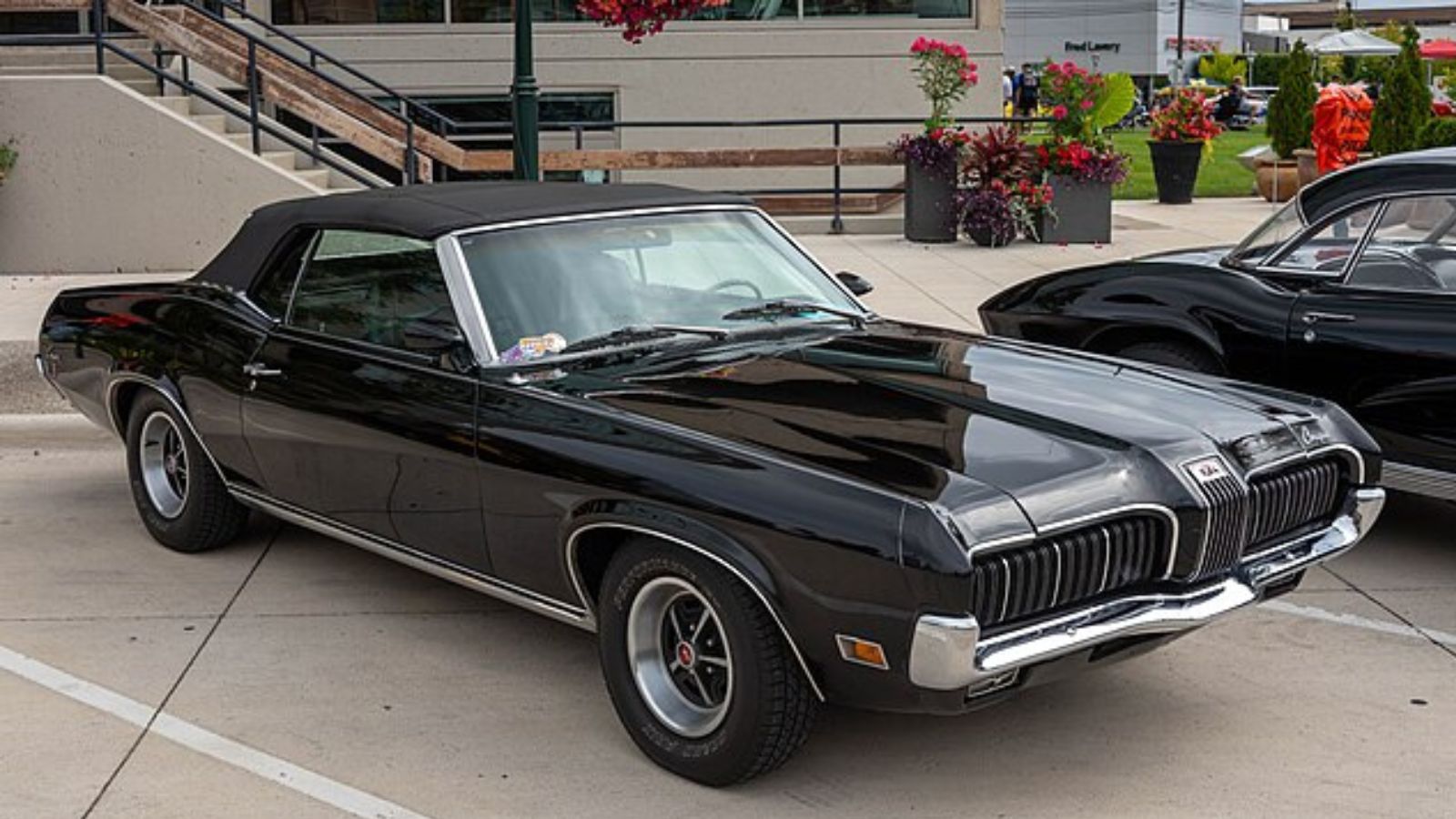
The XR7 was dramatic to look at. Wide body panels, broad shoulders, and confident lines gave the impression of something built to move quickly across open roads. Yet the reality was a heavy car with engines designed to sip fuel rather than produce speed. The driving experience was calm and slow to respond. It was comfortable for highway cruising but lacked the performance to match its presence. The XR7 looked ready to run, but it was happier moving at a relaxed pace.
1981 Pontiac Trans Am (Base Models)

The Trans Am had one of the most aggressive appearances of the era. The firebird hood graphic, the spoilers, and the stance all suggested a car ready to dominate. But by 1981, emissions restrictions had cut power significantly. The car still barked with attitude when parked, but on the road it did not provide the force that the styling promised. Drivers got the visual performance without the real acceleration. It was all attitude with very little muscle underneath.
1976 Chevrolet Monte Carlo
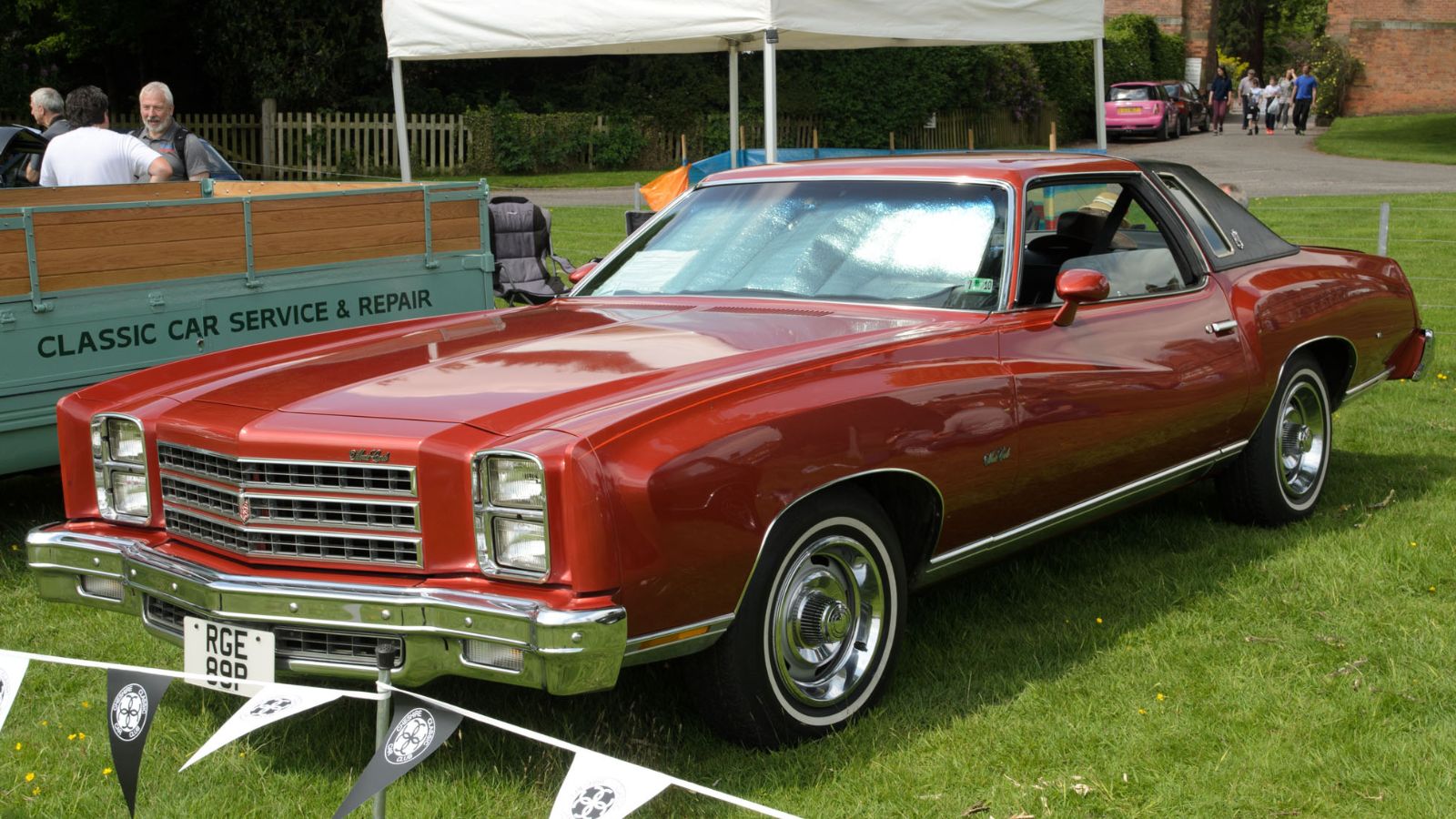
The Monte Carlo carried the lines of a grand performance machine. The long hood and confident proportions suggested a car full of energy. But many of the engines available in this period focused on smoothness rather than speed. The Monte Carlo was heavy, and the reduced power meant slow acceleration. It looked like it should surge forward with authority, yet it moved with gentle calm instead.
1975 Oldsmobile Cutlass Salon

The Cutlass Salon had a strong presence. The body shape, stance, and trim all suggested something sporty and capable. But the engines and gearing were focused on comfort cruising. It drove quietly and smoothly rather than quickly. It looked like it belonged in the muscle car world, yet it behaved more like an easy going highway car.
25 Facts About Car Loans That Most Drivers Don’t Realize

Car loans are one of the most common ways people fund car purchases. Like any other kind of loan, car loans can have certain features that can be regarded as an advantage or a disadvantage to the borrower. Understanding all essential facts about car loans and how they work to ensure that you get the best deal for your financial situation is essential. Here are 25 shocking facts about car loans that most drivers don’t realize:
25 Facts About Car Loans That Most Drivers Don’t Realize
